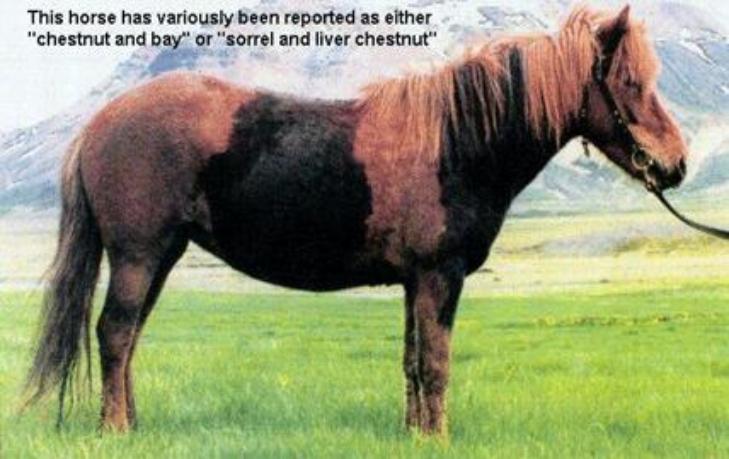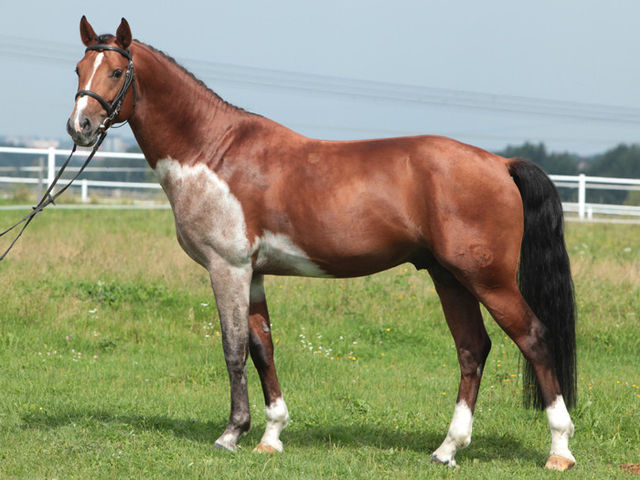» Site Navigation

1 members and 685 guests
Most users ever online was 47,180, 07-16-2025 at 05:30 PM.
» Today's Birthdays

» Stats

Members: 75,945
Threads: 249,139
Posts: 2,572,328
Top Poster: JLC (31,651)
|
-
Re: Define Paradox
 Originally Posted by asplundii

As you note in your original post, "paradox" is just another term in the hobby that holds zero legitimate value other than as a descriptor.
I have always used it to describe an animal displaying areas of pigmentation/pattern that are contrary to the accepted base morph of the animal. So, in terms of pigmentation, an Albino animal with a patch of normal melanin pigmented skin would be "paradox" and, flipping it around, a normal coloured animal with an Albino-like amelanistic patch would also be "paradox". A pattern-type "paradox" would be a Spider with a patch of WT patterning on it or, flip side, a WT with a patch of Spider pattern
As far as using "paradox" to describe a ringer... Nope. Without going too deep in the weeds, how ringers occur is not a total enigma -- it is most probably a single mechanism at play
Well your description would most likely be the result of chimerism right? Apperently others use it to describe beyond that as any oddity. Then I found there are some who say chimeras and Paradox are different where chimera is as stated and Paradox describes other oddities.
I was just wondering if there was a more common definition used, maybe I missed something over the last 10 years in this hobby lol. I'm starting to think it's a word I should just stop using all together given the multiple things it can mean to different people.
Kinda related, is there scenerios that can lead to a chimera looking animal, but not be a chimera? I've seen many people say there can be other reasons for the chimera look, but I've never seen an explanation besides "anomaly", which is a cute way of saying "I donno" in my eyes
-
-
Re: Define Paradox
 Originally Posted by OhhWatALoser

Well your description would most likely be the result of chimerism right?
Or the result of a mosaic or a handful of other less common genetic foibles...
 Originally Posted by OhhWatALoser

Then I found there are some who say chimeras and Paradox are different where chimera is as stated and Paradox describes other oddities.
Perhaps this is an after-effect of some people beginning to savvy up to the fact that the term "paradox" is, to all intents and purposes, illegitimate and so they are moving to more legitimate terminology
 Originally Posted by OhhWatALoser

Kinda related, is there scenerios that can lead to a chimera looking animal, but not be a chimera? I've seen many people say there can be other reasons for the chimera look, but I've never seen an explanation besides "anomaly", which is a cute way of saying "I donno" in my eyes
Yeah, there are other ways the "paradox" look can occur, as I noted above. Mosaicism is the more likely candidate of "paradoxing" that we are likely to see in the hobby (above even chimerism) and there are a number of ways that mosaics can come to be. And then there are a handful of other less likely, but not impossible, mechanisms that follow those two.
 Originally Posted by OhhWatALoser

Apperently others use it to describe beyond that as any oddity.
Huh? Well for me, I certainly do not merit using the term as applying to any oddity. Doing that kind of defeats the purpose of using the word because it is not then in keeping with actual definition of the word. I mean... While "paradox" may be illegitimate terminology, at least using it to describe animals such as those I outlined makes a degree of sense.
actagggcagtgatatcctagcattgatggtacatggcaaattaacctcatgat
-
-
Registered User

What I've seen, atleast with horse genetics, a Chimera is when two offspring with different phenotypes fused to create one offspring showing BOTH phenotypes, like a Bannana that has large patches of lesser coloring.
A "paradox" (I can't remember the horse version's name(Somatic mutation is the name I think???) is where in a section of skin/hair, a gene turns off, so a patch of NORMAL coloring is shown. So if you have a Champagne with a large patch of normal coloring.
So this is a chimeric horse (trying to find a non bay example was impossible) He's nearly even in where's brown and where's black, most likely a fusion of twins. 
A Somatic or Paradox horse is this. He has a small section where a gene has turned on, his front leg area is grey while the rest of him is bay. 
Does that help at all? I started with genetics in horses, so that's where I get most of my info from.
-
The Following User Says Thank You to Cydonia For This Useful Post:
-
Re: Define Paradox
 Originally Posted by Cydonia

A "paradox" (I can't remember the horse version's name(Somatic mutation is the name I think???)
The term you are looking for is mosaic 
actagggcagtgatatcctagcattgatggtacatggcaaattaacctcatgat
-
 Posting Permissions
Posting Permissions
- You may not post new threads
- You may not post replies
- You may not post attachments
- You may not edit your posts
-
Forum Rules
|










 Reply With Quote
Reply With Quote

